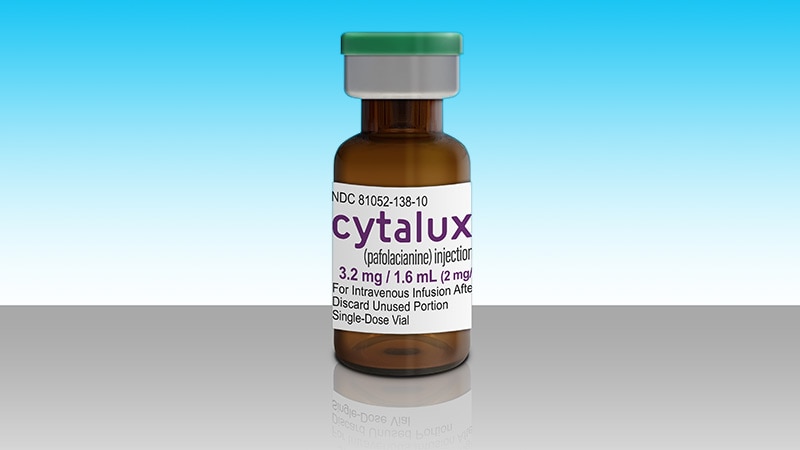Imaging Agent Pafolacianine in Lung Cancer Surgery Approval Data
The data showcases the utility of the imaging agent pafolacianine (Cytalux) in lung cancer surgery, leading to clinically significant changes in over half of surgeries. The agent binds to folate receptors in pulmonary malignancies, causing them to fluoresce under near-infrared light, aiding surgeons in more thorough resections. The approval was based on the ELUCIDATE trial, showing promising results in detecting primary tumors, occult lesions, and surgical margins. Adverse events were generally mild, with nausea being the most common. Further research is needed to confirm improvements in disease-free survival and the agent's potential in early-stage lung cancers.
Customize Summary
Rewrite with AI
Generate Citations
Translate Source
To Another Language
Generate MindMap
from source content
Visit Source
www.medscape.com
Data Showcase Imaging Agent Utility in Lung Cancer Surgery
Key Insights Distilled From
by M. Alexander... at www.medscape.com 05-02-2023
https://www.medscape.com/viewarticle/991469
Deeper Inquiries
